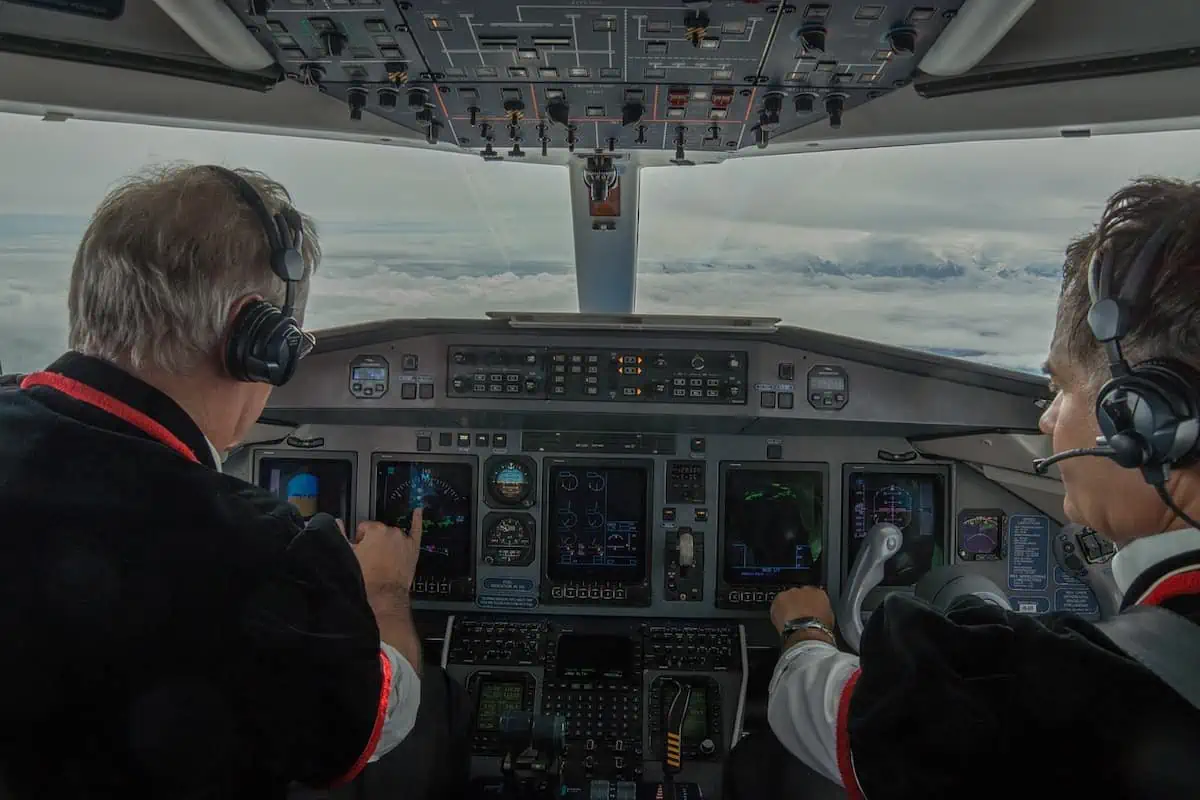Becoming an airline pilot is a dream for many aspiring aviators. The allure of flying high above the clouds and traveling to new destinations is hard to resist. But what does it take to embark on this exciting career path?
In this post, we’ll take a look at what it takes to become an airline pilot, from the rookie stage through reaching the coveted captain’s seat.
Getting Started
To start your journey toward becoming an airline pilot, you’ll need a Bachelor’s degree in any field (aviation-related studies can be beneficial). Along with academic qualifications, you must have a commercial pilot’s license (CPL) approved by your country’s aviation authority.
CPL applicants must complete over 200 hours of flight time; most airlines require closer to 1,000 total flight hours before hiring applicants.
The Next Step: Regional Airlines
Fulfilling all educational requirements and obtaining certification that enables one to function as a commercial pilot or a small aircraft pilot under FAA regulations or local regulations is the next step on your airline pilot career path.
However, even after the completion of mandated courses depending on country requirements, acquiring employment with a major airline might pose challenges in the absence of extensive experience or standout skills. However, entry-level positions at regional airlines are frequently accessible to rookies who have concluded their training and fulfilled sufficient eligibility criteria.
The primary advantages of commencing a career in regional airlines encompass gaining flying experience and enhancing soft skills, such as communication techniques via radio transmissions, that are indispensable within aircraft.
Performance During Regional Airlines Employment
Performance during the initial years at regional airlines profoundly influences subsequent opportunities within more esteemed carriers. Establishing a commendable reputation, garnering positive feedback from clients, collaborating effectively with regional colleagues, and exhibiting sound judgment in exigent situations that demand prompt decisions are all pivotal.
A pronounced emphasis on professionalism when managing specific circumstances serves to underscore the recognition of one’s proactive approach and exceptional commitment to faithfully executing assigned duties while also demonstrating meticulous attention to detail and a steadfast work ethic. Demonstrating adeptness in adapting to unprecedented circumstances further underscores one’s competence in their role.
Building Flight Experience
Once a pilot has accumulated significant experience and skills through employment with regional airlines, it becomes imperative to pursue opportunities that provide more intricate flying experiences, fostering growth in both technical and interpersonal proficiencies to enhance marketability.
Aspiring pilots who aim to ascend to captaincy are advised to progress methodically through each stage, allowing for the gradual attainment of the captain position. The notable advantage of this patient approach lies in the diversification of expertise across various aircraft types and the ability to transition between distinct domains, including entrepreneurship (to acquire managerial experience within aviation companies) and policy-making roles (contributing to the formulation of local flight regulations for governmental entities).
Earning More Certificates
The pursuit of excellence extends beyond accumulating flight hours once proficiency has been acquired in the professional setting. Exploring the attainment of advanced certifications, such as airline transport pilot certificates or multi-engine airplane licenses, among others, can yield augmented remuneration and heightened prospects for career progression.
Reaching Captain Rank
Ascending the hierarchical ranks mandates a consistent demonstration of superior performance, particularly concerning elevated safety metrics. Achieving this involves successfully navigating regulatory suspension examinations and showcasing capabilities in alignment with rigorous criteria.
Promotions are attainable by showcasing leadership acumen in conjunction with mastery of flight systems and equipment, necessitating comprehensive training to ensure adeptness. Proficiency serves as an indicator of readiness to undertake responsibilities encompassing the oversight of entire flight operations and decision-making.
Captains bear ultimate accountability for crew members, passengers, and cargo throughout flights, even amidst challenging situational contingencies.
Conclusion
Embarking on the journey to becoming an airline pilot necessitates unwavering perseverance, resolute commitment, intellectual acuity, and persistent determination. The path is characterized by an array of challenges, irrespective of an individual’s unique circumstances or initial educational achievements.
These challenges are akin to towering mountains that aspiring students must surmount to attain success within this fiercely competitive industry. Success in this domain mandates the virtues of patience coupled with dedication and willingness to continually acquire knowledge.
This pursuit leads to profound gratification and the experience of rewarding scenarios that transcend the boundaries of typical routines as pilots traverse the global expanse, ensuring the happiness of people through the secure traversal of the skies above cities on a daily basis.
The allure is undeniably captivating. However, this sentiment extends beyond personal inclination—it holds monumental significance with far-reaching implications for the seamless and equitable transportation network that sustains the reliable conveyance of both indispensable cargo and precious human lives toward their chosen destinations.
Realizing this ambitious goal hinges upon the aviation industry’s ability to attract motivated individuals with the requisite mindset—a mindset characterized by a perpetual aspiration for self-improvement and enhancing their skills, all in service of guaranteeing secure global travel.
Article and permission to publish here provided by John Keenan. Originally written for Supply Chain Game Changer and published on August 28, 2023.
Cover image by Thomas Zbinden from Pixabay

